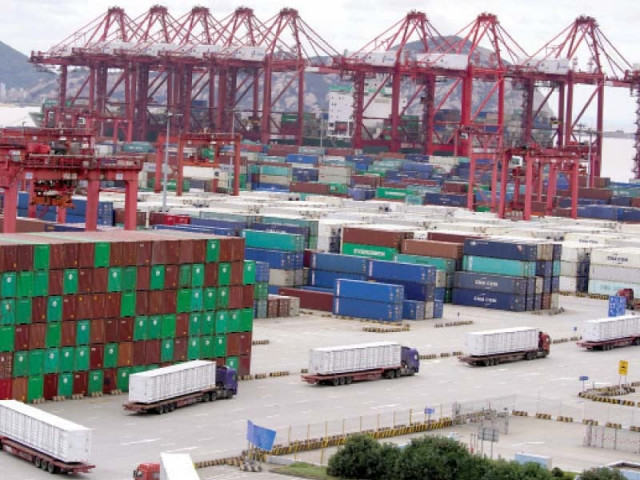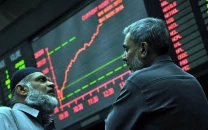Value chain(ed): a fresh and objective look
Current form of value chains actually constrains equitable distribution of benefits

It has become almost a cliche to say that we need to focus on value addition in all of the economic activities and we should become part of the regional or global value chains.
While the concept has its own merits, and more importantly, the enabling factors and prerequisites, we should have a fresh and objective look at it. The value addition, or the benefits of it, should be valued and distributed effectively, comprehensively and more importantly equitably. The equitable value spread or distribution can only be achieved when the main contributor to the value chain, which is the producer of the first instance, gets the most out of it.
The current form of value chains actually constrains the equitable distribution of value benefits, thus chains the value. The chained value also means that the so-called value chain partners do not have time, appetite and business model to go beyond a mere supplier constrained by a certain type of activity as part of the value chain.
Let us take the example of global value chains (GVC) in textiles. There are many of the Pakistani textile producers who are part of the one or the other GVCs.
The problem, however, is how much are they gaining out of this value chain contribution. For example, if one of the textile producers is producing jeans for a renowned global brand, the selling price of this producer may not be even one-tenth of the selling price of that jeans by the global brand.
More importantly, the Pakistani producer may be constrained, due to contract clauses, to produce the similar jeans with its own brand name. In such cases, what exactly are we getting by being part of the GVCs? It is just a small, nominal business margin that any of the businesses could gain. Beyond this monetary benefit, there are also the constraints towards indigenous value addition, development of national brands and culture of competition and quality pursuit at national level.
One may ask, rightfully, that who forces such producers to be part of the GVCs and why don’t they develop their national or regional value chains and establish their own brands. There are some positive examples in this regard, but this space is largely unattended for long.
Read Spending restraint a must for economic stability
It may be due to lack of entrepreneurial aptitudes, thus oblivious to such opportunities, or it may be the lack of enabling ecosystem through institutional and industry support.
At best, our institutional support is geared towards providing concessionary finance and logistics support for exporters, regardless of the nature, scope and economic efficiency of such exports and exporters. There is no mechanism or criteria to assess the potential non-realisation of economic potential or opportunity cost of exporting at raw or intermediary levels. It should be focused upon.
While it may not be feasible to penalise the untapped economic potential, it may surely be encouraged through providing additional benefits, and taking away the support from national exchequer for such instances.
On the entrepreneurial side, it may not be easy to witness a paradigm shift due to longstanding societal normals, business culture and values and lack of support mechanisms, particularly the access to finance. It is surely possible and needed to incentivise it and provide with the required elements such as capital.
Even one-tenth of the spending by funds and mechanisms such as the Export Development Fund, would suffice to bring this visible paradigm shift in developing the new and encouraging the existing entrepreneurs to come up with indigenous value chains, maximise the retention of benefits by the GVCs, and encourage the many untapped entrepreneurial talent to be materialised.
It is pertinent to mention that there were huge expectations from the China-Pakistan Economic Corridor (CPEC), in the context of establishing value chains in Pakistan. One may analyse the factors while it has not been realised thus far and what needs to be done in order to tap into this huge potential.
It is not necessarily bad to be part of the GVCs, however, it all depends on what you get out of it and what do you negotiate in terms of monetary, technology transfer, brand or reputation and other benefits. We, in Pakistan, are unfortunately not good in negotiations. Let the value be created, accumulated and most importantly retained, rather than the value chained.
The writer is an international economist
Published in The Express Tribune, January 22nd, 2024.
Like Business on Facebook, follow @TribuneBiz on Twitter to stay informed and join in the conversation.



















COMMENTS
Comments are moderated and generally will be posted if they are on-topic and not abusive.
For more information, please see our Comments FAQ